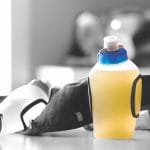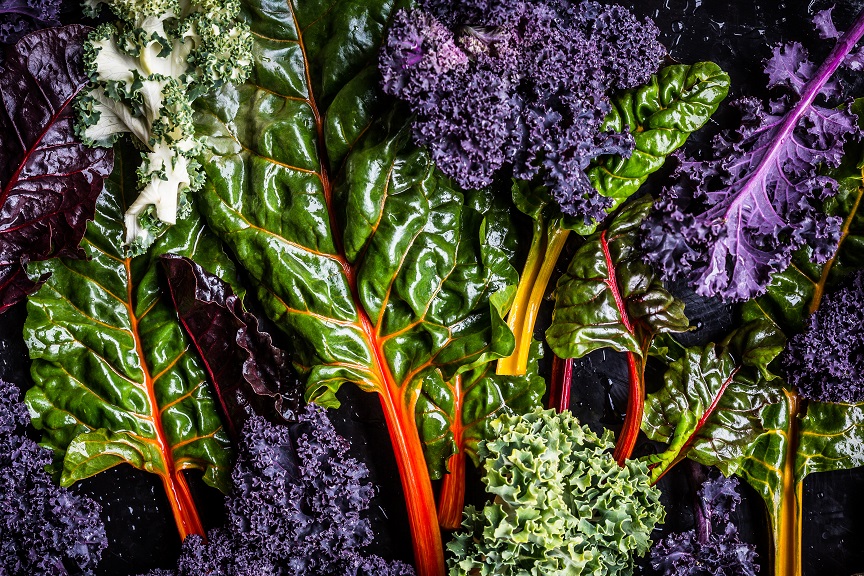Update on how to glycogen load
For athletes preparing for an endurance event like the Ironman, carb loading is strongly recommended. It means maximizing the fuel (carbohydrate) reserves in our muscles in order to slow fatigue during the event. As a sports nutritionist, I am aware that there are several philosophies on the best way to achieve this, so here’s a brief update on this protocol, which has evolved in recent decades.
The classic loading diet, which first came to light in the 1970s, suggests following three specific stages:
- Discharge of glycogen reserves through very intense training seven days prior to the competition;
- Ingestion of food low in carbs during the following three days;
- Ingestion of carb-rich food during the three final days before the event.
While this method is effective for optimizing the reserves, it brings with it a few problems that can harm performance on the day itself. Intense training followed by a low-carb intake a few days prior to a major effort can greatly affect the recovery and immune system of athletes. Besides, food rich in lipids (fat) increases the risk of gastrointestinal problems.
In the 1980s, a new, moderate approach was suggested:
- Elimination of the intense training with glycogen discharge seven days prior to the competition;
- Considerable reduction in the general training load during this entire week;
- Gradual increase in carbohydrate intake during this same week.
Studies have subsequently confirmed that with trained athletes, only one or two days of glycogen loading, combined with a reduction in the training load, is equally effective.
Pratical advice
- For endurance events lasting more than 90 minutes, glycogen loading should begin two days prior to the competition.
- Reduce the training load in the week prior to the competition, in order to limit use of glycogen.
- In view of reduced training and energy expenditure, glycogen (carb) loading doesn’t mean stuffing yourself and pigging out on sugar! Instead, concentrate on carbohydrate-rich foods while reducing lipids and proteins (and alcohol, of course).
- There’s more to these meals than pasta! You can vary your sources of starch: rice, couscous, potatoes, polenta….
- To reduce gastrointestinal problems, it’s often a good idea to pay particular attention to fibres and fermentable sugars called FODMAP.
For individualized advice, don’t hesitate to contact me through the Mouvement Optimal clinic: 819 425-8889
Risotto with beets
In collaboration with Magali Tisseyre, professional Ironman triathlete
Ingredients (for four servings)
- 4 Tbsp (60ml) olive oil
- 1 leek cut into thin rounds
- 2 cups (500 ml) Arborio rice
- 1/2 cup (125 ml) sherry or white wine (optional)
- 4 cooked beets, cut in cubes
- 5 cups (1.25 litres) chicken or vegetable broth (and/or cooking liquid from beets)
- 2 small chicken breasts (300 g) cut in small cubes
- 1 bunch chopped spinach
- 1 container sliced mushrooms
- Salt & pepper
- Grated Parmesan
- A few leaves of fresh herbs (basil, oregano, thyme…)
Preparation
- In a big pan, sauté the leek in 2 Tbsp. olive oil until translucent.
- Add the rice, and mix well to coat all the grains. Add the wine to deglaze.
- When mixture is almost dry, gradually add the broth, one ladle at a time, mixing constantly until the rice absorbs the liquid, and repeat until all the rice is al dente.
- In the meantime, in a pan over medium-high heat, add 1 Tbsp. oil and brown the chicken for five minutes on each side. Bake in the oven at 400 F for 20 minutes. Then cut into small cubes.
- In a pan over medium heat, add 1 Tbsp oil, sauté the mushrooms and wilt the spinach. Reserve.
- When the risotto is cooked, add the beets, chicken and vegetables. Salt and pepper to taste.
- Sprinkle with grated Parmesan and garnish with your favourite herbs.
Nutritional value (per serving)
620 calories, 88 g carbohydrates, 7 g fibre, 32 g protein, 14 g lipids (fats)
By the same author: What to consume when you run the Demi-Marathon de Mont-Tremblant (Click the image below)

Ariane Lavigne38 Posts
Titulaire d'un baccalauréat en nutrition de l'Université de Montréal, Ariane est nutritionniste depuis 2008. Voulant approfondir ses connaissances sur la performance athlétique, elle a obtenu un diplôme de spécialisation en nutrition sportive avec le Comité International Olympique (CIO). Elle est aujourd'hui nutritionniste du sport chez Vivaï et à la Clinique Mouvement Optimal de Mont-Tremblant. Toujours en quête de dépassement, elle combine sa profession à sa grande passion : le snowboard alpin. Elle connaît la réalité des sports élites, ayant été elle-même une athlète membre de l'Équipe Nationale de Snowboard et Olympienne des Jeux Olympiques de Sotchi en 2014. Ariane has a bachelor’s degree in nutrition from the University of Montreal and has been a nutritionist since 2008. Wanting to expand her knowledge of athletic performance, she obtained a diploma specialized in sports nutrition from the International Olympic Committee (IOC). She serves at Clinique Mouvement Optimal de Mont-Tremblant as well as Vivaï as sports nutritionist. Always in search of personal and professional advancement, she combines her profession with her greatest passion: alpine snowboarding. She understands the realities of elite sports, having been a member of the Canadian National Snowboard Team who participated in the 2014 Olympic Games in Sochi.








0 Comments